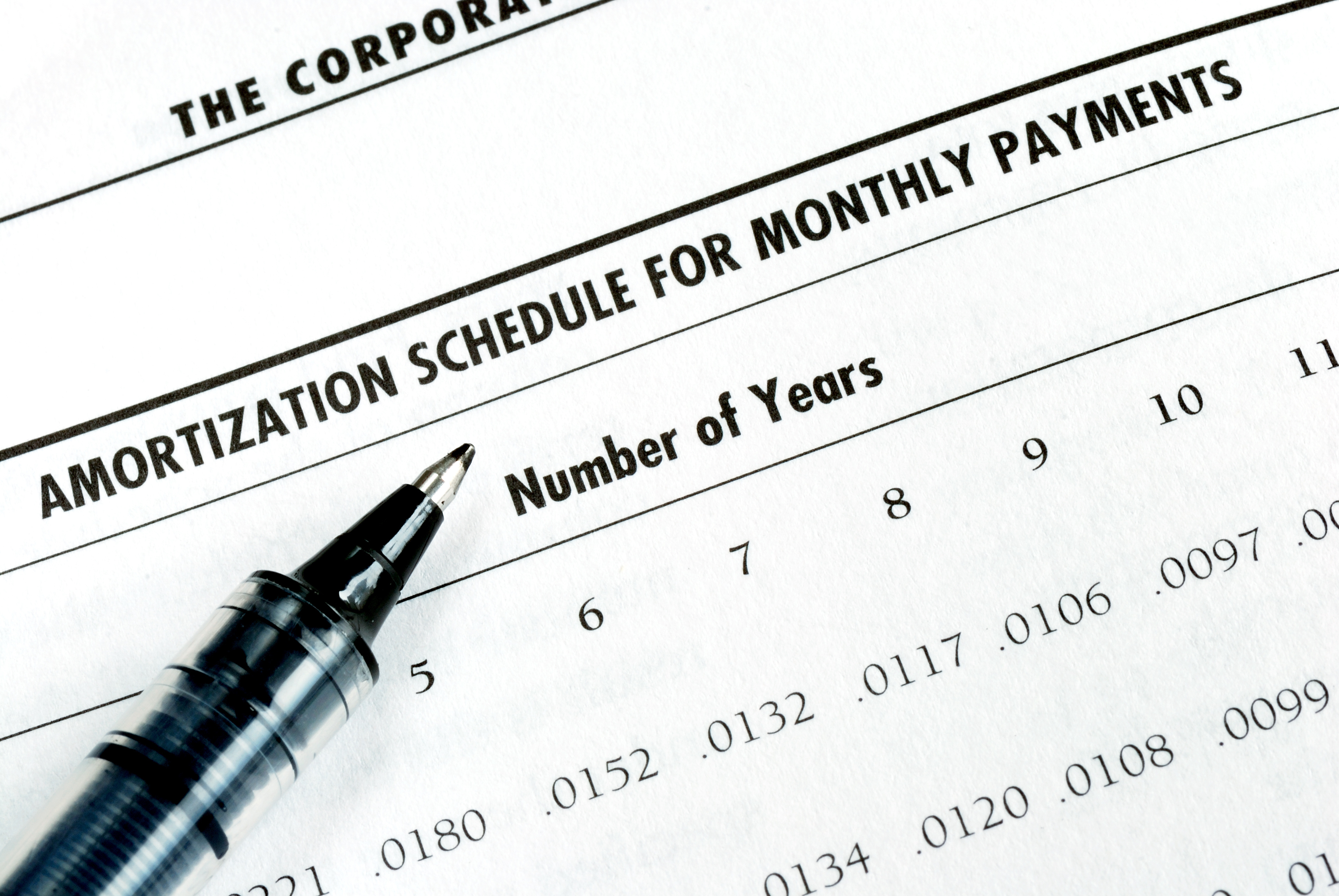Amortization Deep Dive: The Rule of 78s
As we talked about previously, there are many reasons why understanding amortization methods is helpful for financial professionals. Today, we’re...

Payments that are returned due to non-sufficient funds are one of the most frustrating issues your institution deals with. Payments need to be reversed, fees assessed, possible late charges applied—it’s a pain.
GOLDPoint Systems has a few tools that can help ease this process. A little hands-on help will still be required, but we can make the process as easy as possible.
We can automate the reversal of all returned payments from the Federal Reserve (or the Automated Clearing House (ACH), which operates under the direction of the Federal Reserve). When the Federal Reserve returns ACH payments to banks, who then forward transmissions to your institution, they include an ACH Return code, such as the following:
R01 – Insufficient funds: There wasn’t enough money in the customer’s bank account to cover the payment.
R02 – Account Closed: A previously active account has been closed by action of the customer or the RDFI (receiving depository financial institution)
R03 – No Account/Unable to Locate Account: The account number structure is valid, and it passes, but the account number does not correspond to the individual identified in the entry, or the account number designated is not an open account.
We can automate what happens to the affected accounts when our system receives these transmissions. We can automatically reverse off the payment, then you can assign an employee to go through the list of returned ACH payments and make decisions as to whether to assess a fee, contact the borrower for a different type of payment, or discontinue things such as recurring payments (if applicable).
ACH Returned Payments Screen
All this can be accomplished through the ACH Returned Payments screen in our loan management system (CIM GOLD). The ACH Returned Payments screen shows which accounts had a returned payment from the ACH system. See Figure 1 below.
-1.png)
Figure 1: Loans > Reports > ACH Returned Payments Screen
You can assign the double-click speed key to the Marketing and Collections screen, so when you double-click an account on the ACH Returned Payments screen, the system will bring up the Marketing and Collections screen (see A in Figure 1 above).
From the Marketing and Collections screen, the employee can assess a non-sufficient funds fee, contact the borrower and ask for a different payment, and/or click the <EZPay> link and discontinue recurring payments. See Figure 2 below:
-1.png)
Figure 2: Loans > Marketing and Collections Screen
Change Information
Sometimes the codes sent back from the ACH system have a “C” in front. C indicates the payment was successfully made, but you’ll need to make some adjustments to the account for the next time a payment from that account is made.
For example, if the customer has an account with a bank that was bought up by another bank, their routing number was likely changed, but the customer may not have realized that or didn’t bother to notify you or change their routing transit number on record. The Federal Reserve Bank recognizes old routing numbers for a certain period of time before rejecting them. And they’ll notify institutions that information has changed by including “C” in the return code.
When you see that on the Returned Payments screen, you should go to the EZPay screen, and click the <External Payments> link. From that link you can enter the new ACH routing number, as shown in Figure 3 below. You should probably also inactivate the previous ACH number, so it can no longer be used.
-1.png)
Figure 3: Loans > Transactions > EZPay Screen
If the account is set up with recurring payments, you’ll want to discontinue the payments on the EZPay screen (by clicking <Discontinue Recurring Payments>). Then set up the recurring payments again but this time use the new routing number you just created from the information given to you from the ACH return code.
What Happens to Payments After a Returned ACH?
If the payment has been returned by the ACH, it’s up to your institution what to do going forward.
That’s why we don’t decide the details. (Plus, the devil is in the details. We stay away from that guy.)
If a successful payment has not been made by the Due Date + Grace Days, the system will automatically assess a late charge. However, you could offer the customer some forgiveness on the late charge, as described below.
Window of Late-Charge Forgiveness
There is a small window, usually only day of, that if the customer makes a payment the same day the payment is reversed, they won’t be assessed a late charge by the system.
For example:
A customer’s Due Date + Grace Days is March 1.
On February 29, the customer makes a payment.
On March 2, GOLDPoint Systems receives an ACH transmission that reverses that customer’s payment due to insufficient funds.
An employee at your institution contacts the customer and lets them know that they did assess an NSF fee, but if they’ll make another payment immediately using a different account or payment method, they will not be assessed a late charge.
Customer makes the payment on March 2 as suggested. The afterhours runs that night, and no late charge is assessed (even though technically the good payment was made after the Due Date + Grace Days).
Note: If your institution’s policies are to assess a late charge on top of an assessed fee (if the returned payment is after the Due Date + Grace Days) regardless of whether another payment was made the same day as the returned payment, then you can manually assess a late fee through CIM GOLDTeller, and the afterhours will not assess another one until the following month (should another payment be missed next month). (#nojudging)
Recurring Payments
If you do nothing to the account after a returned payment, and the account is set up with recurring payments, on the next recurring effective date the system will send another ACH payment to the routing and checking number on record. This will continue to occur every payment frequency unless you discontinue the recurring payment and use a different account or payment method.
One more caveat…
There are instances when the Returned Payment screen does not show all the payments that were rejected through the FRB. Sometimes the account had activity since the payment, and when our system tries to read the transmission and reverse off the last payment, it rejects because the last activity on that account was not the payment. When this happens, the returned payment shows in the Exception Items Report (FPSDR096) and you will need to manually handle those items.
For example, if the account was charged-off the day after the payment was made, and then the day after that the payment was returned due to insufficient funds, you would need to:
Automatic Reversals Require Action
If you are a current client of GOLDPoint Systems and would like to start using the automatic reversal function and view all payment reversals on the ACH Returned Payments screen, reach out to your account manager today.

As we talked about previously, there are many reasons why understanding amortization methods is helpful for financial professionals. Today, we’re...

In today's digital age, where online banking and electronic communication have become the norm, ensuring the security of financial information is...

If you spend any amount of time looking over GOLDPoint Systems documentation, you’ve probably come across the term GILA Loan once or twice. But what...

Your institution may have many good business reasons for not allowing borrowers to make payments using debit cards. For one, allowing debit card...

Good job, America! For the past 8 years, the average credit score for Americans has improved. It’s a great indicator of a good economy.

I think we can all agree, not getting paid is the worst. And when you have borrowers who are delinquent on their payments, that's what's happening;...